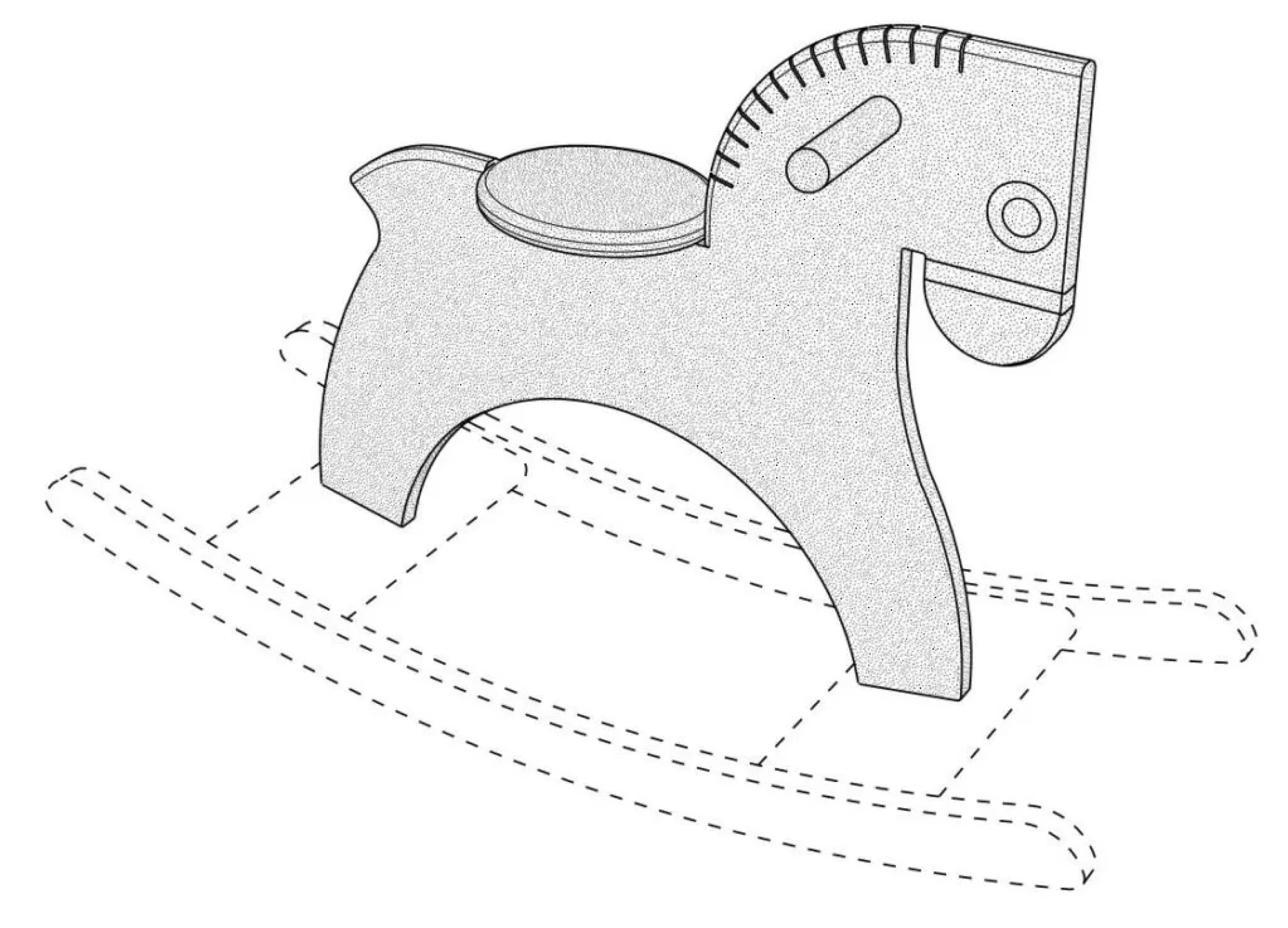
Tips for Design Patent Drawings That Save Cost And Time
Blueprints for Budgets: Maximizing Efficiency in Design Patent Drawing
Creating effective design patent drawings is a crucial part of the patent application process. These drawings not only need to accurately represent your invention but also need to be cost-effective and time-efficient. Here are some tips to help you achieve both:
1. Utilize 3D Models When Possible
The first step is to ask the inventor if they can provide a 3D model of the invention. Utilizing a 3D model can save significant time and money on patent drawings. Creating drawings from a 3D model is much faster and cheaper than manually tracing images of the invention in software. Additionally, it ensures superior quality, accuracy, and consistency in the drawings.
2. Consider Creating a 3D Model
If a 3D model of the invention is not available, but the design is simple enough for the draftsperson to create one, it’s worth considering. Even with the additional step of making a 3D model first, it is often still much faster and cheaper to produce drawings than using the manual image tracing method.
3. Plan Details and Views Upfront
Decide upfront what will go in dashed lines, what details will be omitted, simplified, or modified (if any), and what views will be omitted or included. Any revisions to already created drawings will cost additional time and money. The goal is to do things right the first time around, which is the most efficient way in both time and money.
4. Opt for Automatic Stipple Shading
If possible, go with an automatic stipple shading technique rather than manual line shading techniques. Stippling by software is faster, which means it costs less. Additionally, the quality of automatic stipple shading is often superior to manual line shading.

Conclusion
By following these tips, you can ensure that your design patent drawings are not only accurate and effective but also cost-efficient and timely. Remember, the quality of your drawings can significantly impact the success of your patent application, so it’s worth investing the time and effort to get them right.
Recommended Webinars
Delve deeper into the topics discussed in this article by attending our webinars. These sessions provide further insights and offer the chance to interact with experts in design patent drafting and illustration.
- Design Webinars: Avoiding Non-Correctable Errors in Design Patents:: Discover how to avoid non-correctable errors in design patents and ensure the success of your applications in this informative webinar by IP DaVinci.
- Design Webinars: Handling Advanced Scenarios in Design Patents: Explore strategies for handling advanced scenarios in design patents in this insightful webinar by IP DaVinci, enhancing your ability to navigate complex cases.
- Design Webinars: Cost and Time Saving Tips for Design Patent Drawings: Learn cost and time-saving tips for design patent drawings in this practical webinar by IP DaVinci, aimed at streamlining your patent application process.
Provide Feedback
We value your feedback! Let us know how we can improve or what topics you’d like to see next.
Connect with Mike
Have questions or need support? Connect with Mike for personalized assistance.
Share Your Experience
Found our series helpful? Share it with your network and help others benefit too!